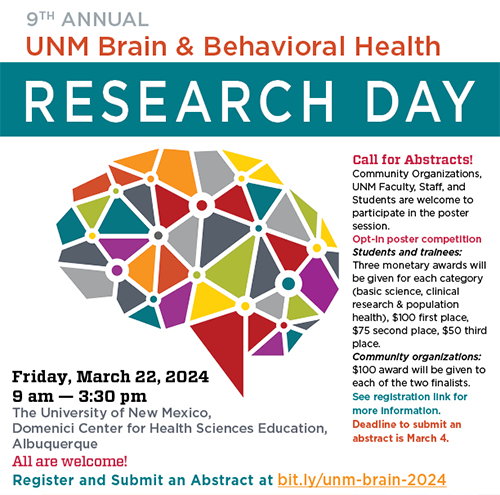Document Type
Poster
Publication Date
3-31-2023
Abstract
Background: Astrocytes and oligodendrocytes are part of the macroglia cell family, which is the most abundant cell type in the CNS. Glia progenitor cells (GPC) give rise to both lineages by differentiating in either astrocyte precursor cells (APC) or oligodendrocyte precursor cells (OPC), fate determined mainly by a few master regulators. ASCL1, a basic-helix-loop-helix (bHLH) transcription factor, is one of these developmental regulators expressed in progenitors’ cells during neurogenesis and gliogenesis, but its specific role in fate, migration and proliferation remains yet to be elucidated. Methods: We employed an initial descriptive study to examine ASCL1 and OLIG2 distribution in the developing brain of E17.5, P0 and P2 mice (N=4). We notice the highest number of ASCL1+ cells at the upper SOX2- region of the ventricular zone (VZ) and opposing gradients of expression of ASCL1 and OLIG2. Next, we did a lineage tracing study of GPCs from each stage, E17.5, P0 and P2, and examine their progeny two days later and at P30. Spatiotemporal labeling of the litters from the crossed Ascl1CreERT2 and Ai14(RCL-tdT)-D transgenic mice lines was possible thanks to the CreER-loxP system induced temporally by tamoxifen and limited spatially to the ASCL1-expressing cells (N=4). We found that ASCL1+ GPCs give rise to both astrocyte and oligodendrocyte lineages that populate the gray and white matter of the adult mice brain at each labeled stage. Furthermore, GPCs from each stage exhibit different homing patters of their progeny such as significantly reduced labeled cells coming from E17.5 progenitors, and a dorsal-ventral cortical distribution pattern as development progresses. Conclusions: We found that ASCL1 is essential for determining the type, number and destination of glia cells in the mature mice brain. Further experiments analyzing downstream targets of ASCL1 are needed to identify the direct effectors of cell fate, migration and proliferation changes and evaluate their roles in mice neurodevelopment.
Recommended Citation
Paez-Beltran, Luis E.; Milindu Lyanapathirana; and Tou Y. Vue. "ASCL1 Regulates Astrocyte and Oligodendrocyte Cell Fate, Proliferation, and Migration in the Dorsal Cortex." (2023). https://digitalrepository.unm.edu/hsc-bbhrd/124


Comments
NINDS K22 NS092767
R01 NS121660
Poster presented at the Brain & Behavioral Health Research Day 2023